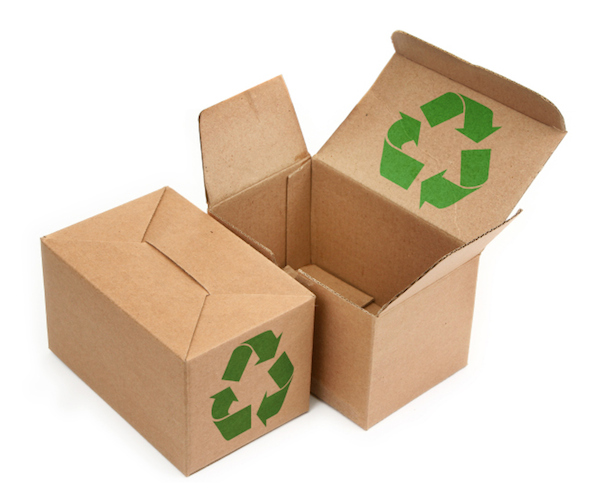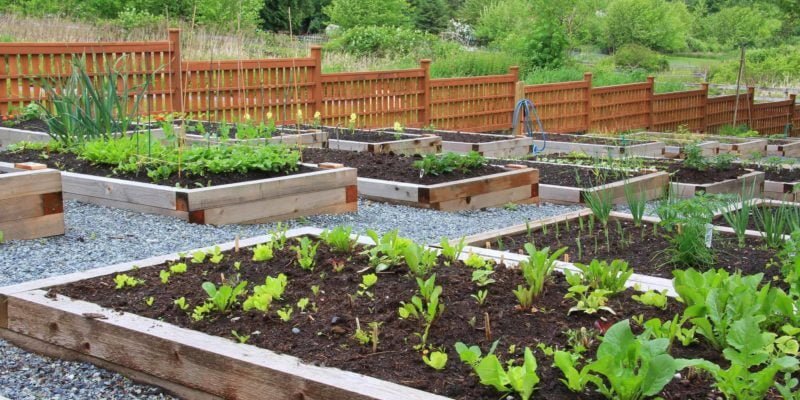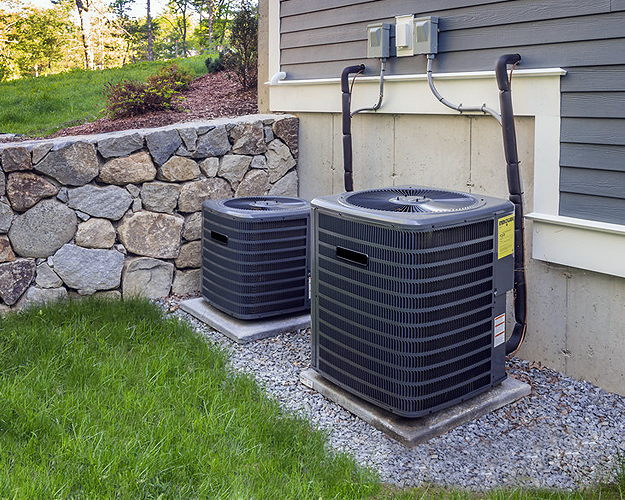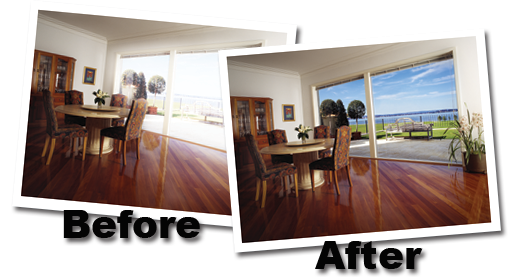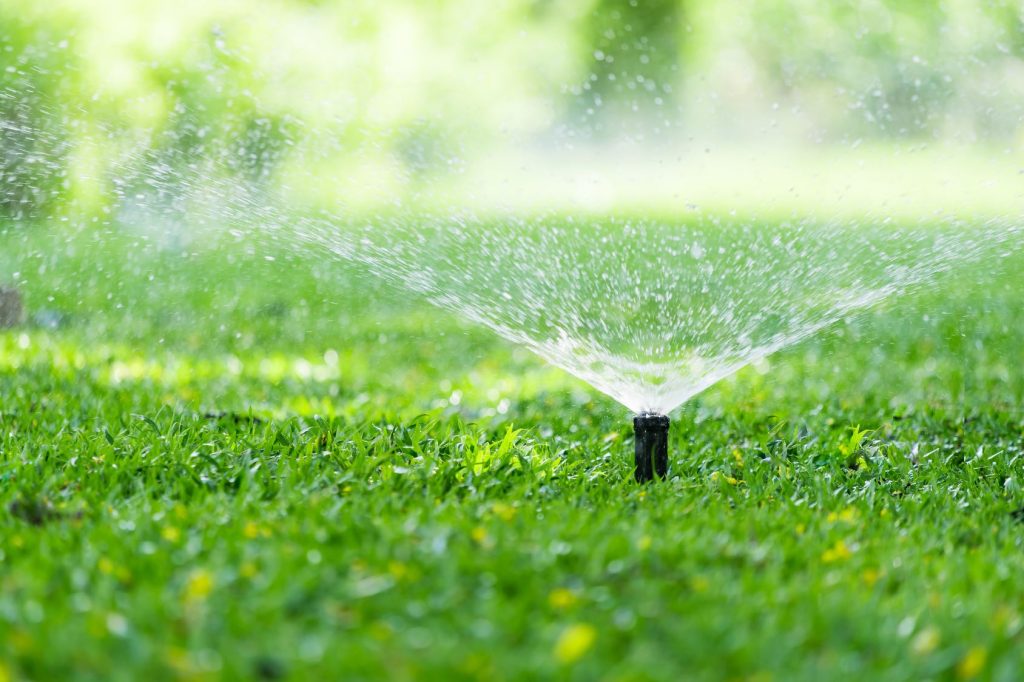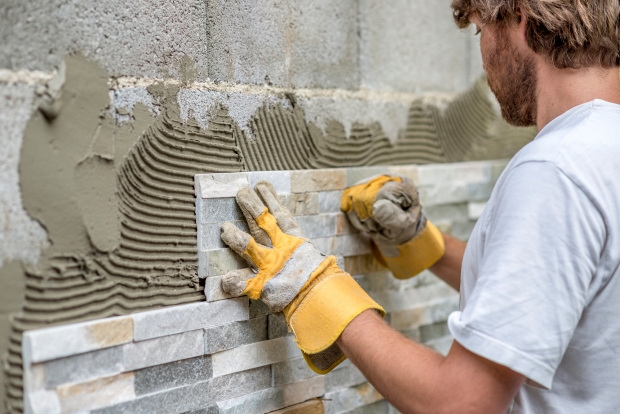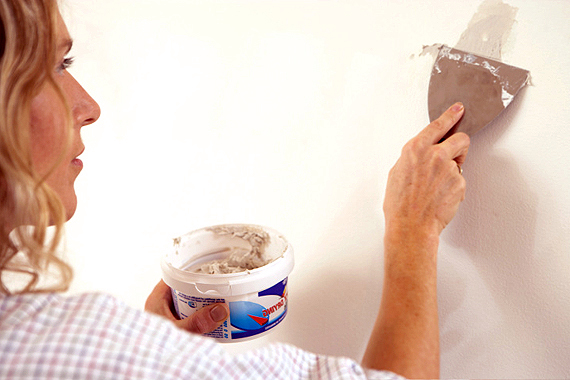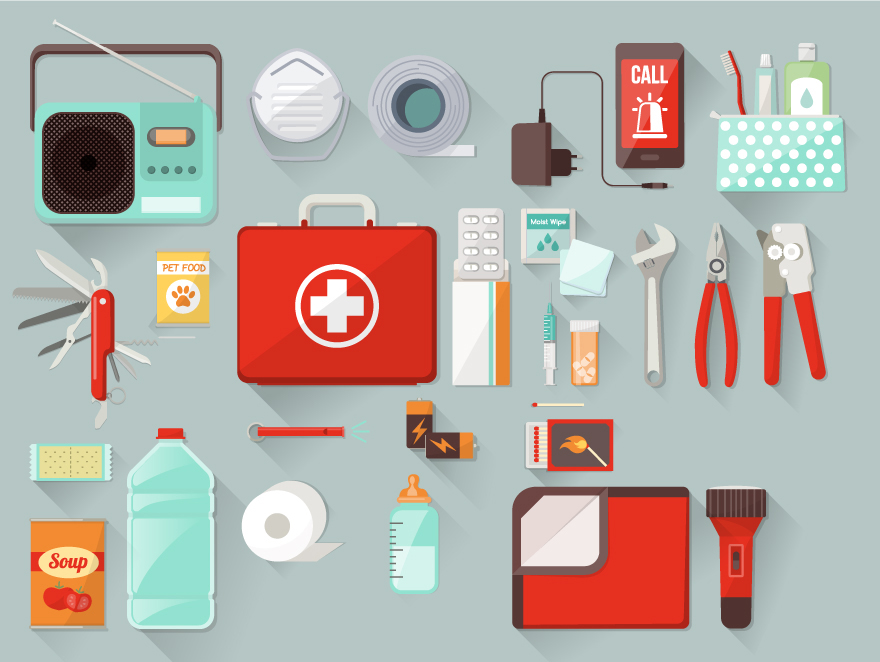Six Quick-Fix Home Repairs
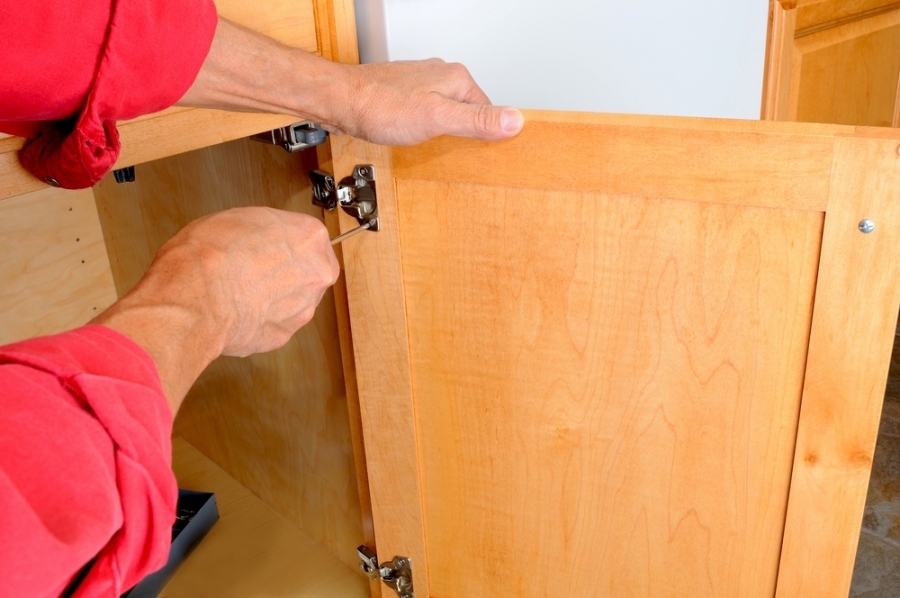
Pinching pennies is nothing new to homeowners, and when something goes wrong, thinking about a hefty service bill can turn many into DIYers! Almost every household has the tools and items needed for these quick and easy fixes:
-
Drywall holes can be intimidating, but there is no need for a drywall expert to come in for this job. Lowe’s shows us how to patch the hole and spend much less than the cost of a repair bill.
-
A squeaky wood floor can be charming or irritating, so if it is the latter, you can fix it with talcum powder as long as it is not due to a loose board. If it is not loose, sprinkle talcum powder over the seams, and rub it in with your fingers or a thin plastic card. Walk over the area to listen for the squeak, and apply more powder if necessary.
-
Is there a cabinet door that does not want to close completely? For a few dollars, you can purchase magnet catches and install them in no time. There can be issues with the hinges, too, and it may just need a simple adjustment.
-
The two most common toilet bowl leaks are a leaky flapper or a bad fill valve. For less than $20, you can replace either of them. To get started, check out this information from Today’s Homeowner to test for the correct leak, and go from there. The internet is chock full of videos and how-to articles for either fix.
-
When your clothes dryer drum stops turning, do not fret--the belt is easy and inexpensive to replace, thanks to this guide and video from Sears, and no appliance repair service needs to be called!
-
Doorknobs take a lot of abuse and eventually need replacing, or maybe you just want to upgrade your door hardware. Buildipedia offers this how-to video for this simple project--no locksmith required!
Taking pride in your home sometimes means hiring a pro to take care of things. On other occasions, however, a simple job can be taken care of on your own, so grab your toolbelt, and get to work! Your wallet will thank you!
Courtesy of Chester County PA Realtor Scott Darling.
Photo credit: The RTA Store
